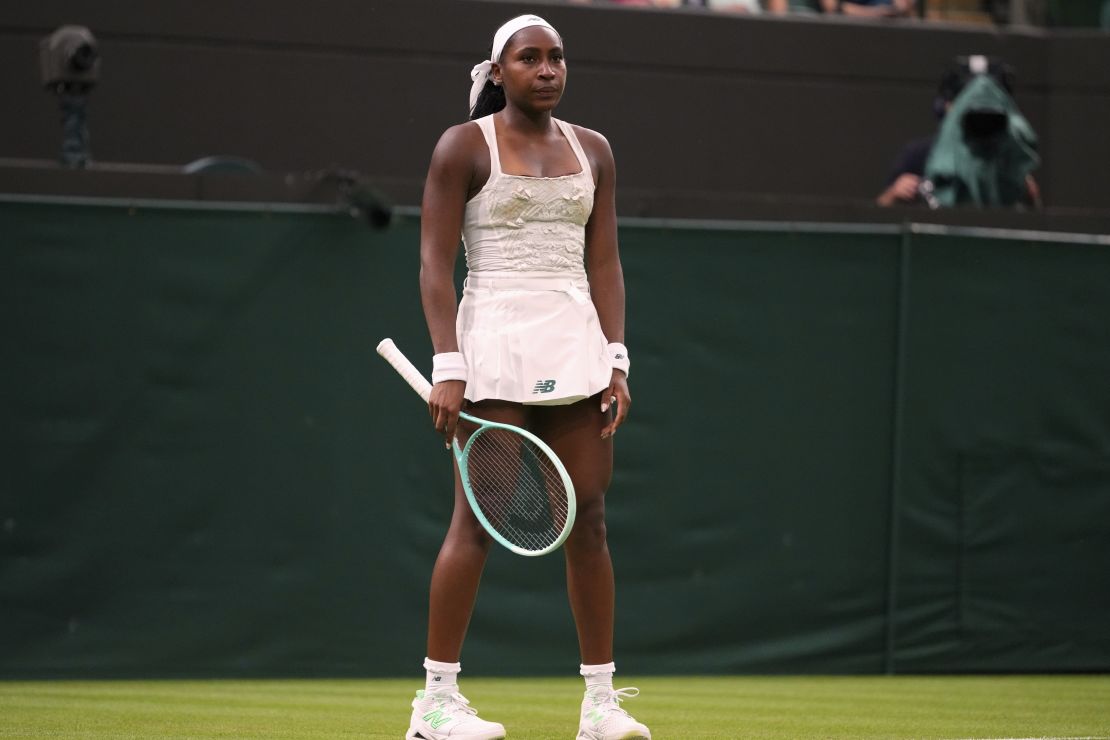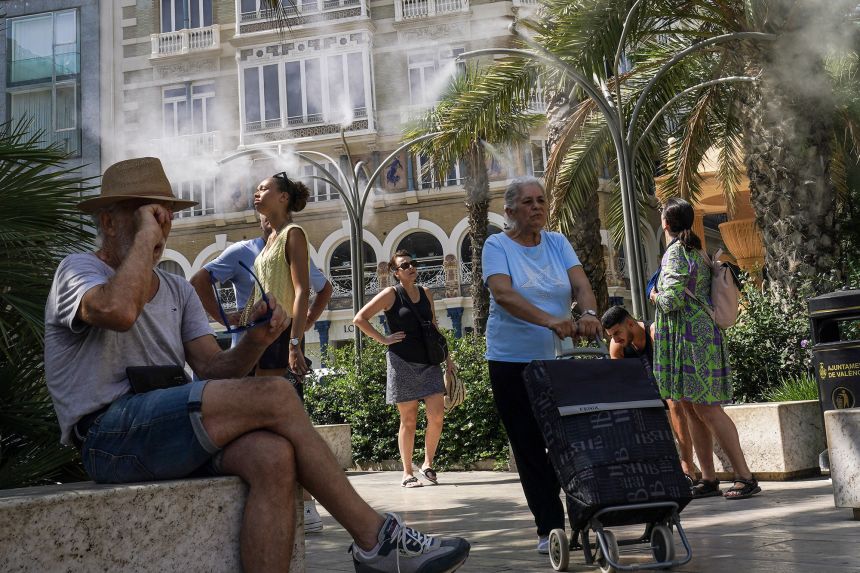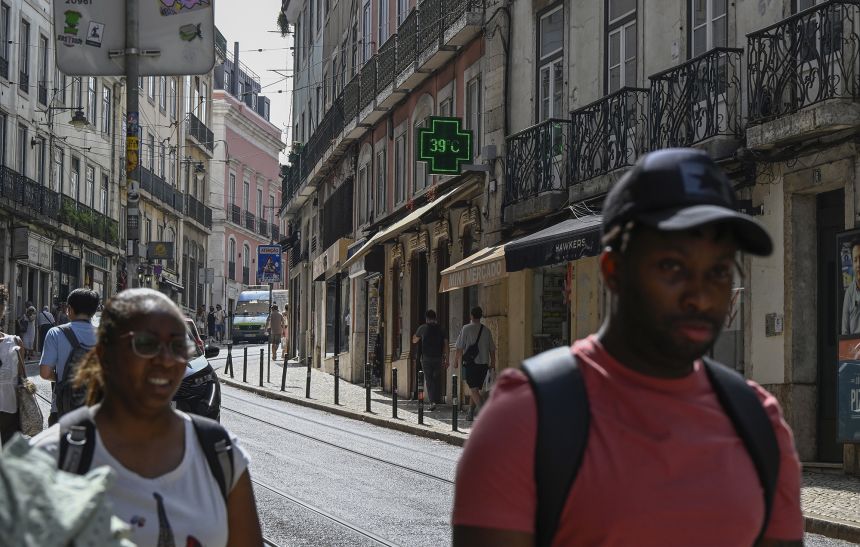CNN
—
The White House is ramping up its efforts to make good on President Donald Trump’s long-held promise to end the Russia-Ukraine war, with Washington, Moscow and Kyiv all expected to send officials to Saudi Arabia for meetings in the coming days.
The meetings follow Trump’s back-to-back calls this week with Ukrainian President Volodymyr Zelensky on Wednesday and Russian President Vladimir Putin on Tuesday, during which both foreign leaders agreed to a pause on attacks on energy targets.
The specifics of that pause, however — which falls well short of the broader, US-proposed 30-day ceasefire deal that Ukraine agreed to earlier this month — are still murky.
“The two leaders also agreed on a partial ceasefire against energy,” according to a Trump administration readout of Trump and Zelensky’s call.
The readout went on to say that “technical teams will meet in Saudi Arabia in the coming days.” Those meetings are designed for US and Russian officials to hammer out more specific language on the deal reached by Trump and Putin, as well as other areas of negotiation, including broadening the agreement to the Black Sea on the way to a full ceasefire. The talks won’t involve top US Cabinet-level officials, the State Department said Wednesday.
But those next steps come amid deepening questions over what, specifically, Trump and Putin agreed to during their Tuesday conversation – and how that’s being interpreted in Ukraine, which is continuing to be bombarded by Russia.
Zelensky said at a Wednesday evening news conference that the proposed pause in attacks on Ukrainian and Russian targets would “most likely” apply to “energy facilities” – but that “civilian infrastructure” was also being talked about.
“We have received the signals from the American side that we are most likely talking about the energy facilities ceasefire, not to strike on the energy facilities of both countries, and energy infrastructure,” he said.
Separate readouts of the Trump-Putin call on Tuesday, provided by the White House and the Kremlin, used different language to describe the temporary pause on energy-related attacks. Washington referred to “energy and infrastructure” in its readout, while Moscow referred to “energy infrastructure.” The small difference in language could be significant, as a pause on infrastructure attacks would have a far broader scope.
Pressed on that discrepancy Wednesday by CNN’s Jeff Zeleny, White House press secretary Karoline Leavitt said, “I would defer you to the readout that was provided by the White House. That’s our understanding and that’s the truth.” But the readout from Secretary of State Marco Rubio and national security adviser Michael Waltz of Trump’s call with Zelensky earlier Wednesday — which Leavitt first read from the briefing room podium — only used the word “energy” when noting the “partial ceasefire” that Trump and Zelensky had agreed to.
And just prior to that, Zelensky claimed he and Trump discussed a ceasefire “on energy and other civilian infrastructure.”
“One of the first steps toward fully ending the war could be ending strikes on energy and other civilian infrastructure,” Zelensky wrote on X after his call with the American president. “I supported this step, and Ukraine confirmed that we are ready to implement it.”
On the key question of aid to Ukraine, the readouts of the Trump-Putin call also differed on commitments regarding US aid to Ukraine, specifically continuing shipments of weapons and intelligence sharing. The Kremlin stated that Putin said a key condition to a ceasefire deal would have to include “the complete cessation of foreign military aid and the provision of intelligence information to Kyiv.”
The White House readout, however, made no mention of such a concession, and in an interview with Fox News’ Laura Ingraham on Tuesday, Trump said there was no discussion of suspending aid on the Putin call. Senior US officials on Wednesday reiterated that US aid to Ukraine would continue.
Zelensky signaled on Tuesday, after the results of the Trump-Putin call were announced, that he would also agree to the temporary pause. However, he had remained skeptical of Putin’s intentions in executing the deal in good faith, as overnight Russia carried out a series of attacks in Ukraine that included hitting energy targets. Trump’s special envoy Steve Witkoff, who has also been heavily involved in the negotiations, said Wednesday that he believed the attacks were approved prior to Trump’s call with Putin. However, Russian attacks on critical infrastructure in Ukraine continued later Wednesday evening.
During the separate phone call between Trump and Zelensky on Wednesday, Trump briefed the Ukrainian president on his conversation with Putin, and “agreed to share information closely between their defense staffs as the battlefield situation evolved,” according to a readout of the call provided by Rubio and Waltz.
Zelensky said after the call that Ukraine was also ready to send a team to meet American counterparts in Saudi Arabia in the next few days. “We instructed our advisors and representatives to carry out this work as quickly as possible,” Zelensky said in his post on X.
Zelensky asked Trump for additional air defense systems, specifically Patriot missile systems, Rubio and Waltz said, and Trump agreed to work with him to find what was available, “particularly in Europe.”
But the call also raised new questions about US policy regarding Ukraine. Trump brought up the notion that the US “could be very helpful in running” Ukrainian electrical and nuclear power plants, Waltz and Rubio said, adding that “American ownership of those plants would be the best protection for that infrastructure and support for Ukrainian energy infrastructure.” It is unclear whether Zelensky was open to such an idea.
The proposal that Ukraine would hand over its power plants to the US echoed the previously discussed – and still unsigned – minerals deal. When asked about American security guarantees for Ukraine, Trump officials have argued that US ownership of assets in Ukraine would offer a kind of security guarantee.
Overall, the White House framed the call as being “a fantastic phone conversation” — a far cry from the last time Trump and Zelensky spoke 19 days ago, when their Oval Office blowup led to the Ukrainian president’s early departure from the White House.
But while the White House has argued the temporary pause is a good first step on the road to “lasting peace,” the commitments Trump secured from Putin fall short of the longer-term peace deal he has vowed to deliver.
Prior to the Trump-Putin call on Tuesday, sources familiar with the White House’s strategy told CNN a top priority was assessing what concessions Moscow was willing to make — specifically whether it is willing to withdraw forces from territory it seized since invading Ukraine. The talks this week appeared to make no progress on such an issue.
CNN’s Alex Marquardt contributed to this report.




























